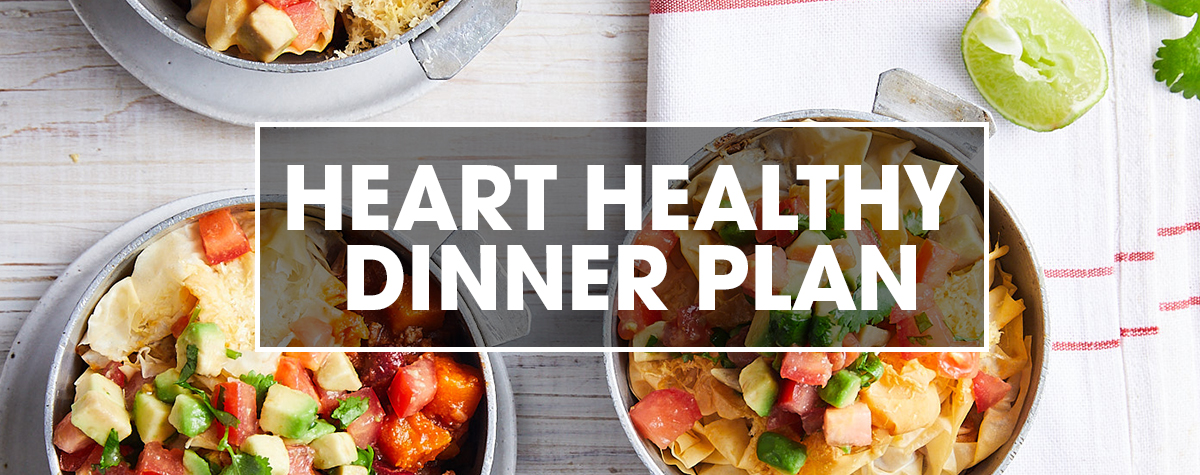
One of the most well-known diets in recent years is Whole30. The Whole30 program promotes healthy eating habits, including lean meats and vegetables, as well avoiding sugar and legumes. It reduces carbs and increases fiber. Some dieters find this plan too restrictive, but others say it works well for them. There are many benefits to the program regardless of which plan is chosen.
A common myth about diet plans is that they will make you feel miserable. This is far from the truth. Most people who adhere to a diet plan report feeling happy, having normal sleep patterns and stable moods. This is a bad sign. Any dietary changes should be reviewed by a physician. Even if your health appears to be good, it's possible to develop a condition due to dietary changes.

TB12 diet plan is one of the most popular diet plans. The diet encourages you to eat foods rich in nutrients. It also encourages regular exercise. It was created as part of Tom Brady's athletic fitness program. The diet plan emphasizes whole grains and fruits and vegetables. It recommends moderate amounts of exercise each day. A diet plan should not prevent you from engaging in physical activities, but it should make you feel better afterward.
Keto, another popular diet plan, is a 10-day program which emphasizes eating foods rich protein and fat as well as reducing processed food and added sugars. Both diet plans involve regular exercise and should be compatible with your lifestyle. The most appropriate diet plan depends on what you live with and how much you are looking to lose weight. You should not only eat a healthy diet, but also engage in regular exercise. In addition to these tips, you can try a ketogenic or low-carb diet and see if it suits you. Remember that a ketogenic plan is not an effective long-term weight loss strategy.
Another good option is the DASH diet. This diet plan emphasizes eating healthy food from all categories and contains plenty of fiber. It can also be beneficial for people with other health issues, since it promotes weight reduction and inflammation. This diet plan is designed to help people lose weight, but it's not for everyone. People with diabetes, hypertension and an eating disorder should consult a doctor before beginning a diet plan.

Many diet plans are good, but they might not be right for everyone. A plan that addresses your nutritional needs may be best for you if you're trying lose weight. This plan may be more flexible, but it is still necessary to maintain a healthy diet and not overeat. It is also essential to note that there is no one single diet that is best for you. Different goals will make the best diet plan work for you.
FAQ
What is the best way to live a healthy lifestyle?
Healthy lifestyles include eating healthy food, regular exercise, good sleep, and avoiding stress. If you follow these guidelines, you will be able to lead a long and healthy life.
You can start by making small changes in your diet and exercise routine. To lose weight, you can start walking for 30 mins each day. Or, if you want to get more active, take up swimming or dancing. An online fitness program such as Strava or Fitbit that tracks your activity could be a good option.
How often should i exercise?
Fitness is key to a healthy lifestyle. But, you don't need to spend a specific amount of time exercising. Find something you like and stay with it.
If you work out three times a week, then aim to complete 20-30 minutes of moderate intensity physical activity. Moderate intensity means that you will still be working hard even after your workout is over. This type of workout burns around 300 calories.
Walk for at least 10 minutes four days a weeks if you prefer walking. Walking is easy on the joints and has low impact.
Jogging is an alternative to running. You can do it for as little as 15 minutes each day. Running is a great exercise to build muscle tone and burn excess calories.
You can start slow if you're new to exercise. Start with just 5 minutes of cardio a few times a week. Gradually increase duration until you achieve your goal.
What should I eat?
Get lots of fruits & vegetables. These fruits and vegetables are high in vitamins, minerals, which can help you keep your immune systems strong. They are also rich in fiber, which is good for digestion and makes fruits and vegetables filling. You should eat at least five servings per day of fruit or veg.
Get plenty of water. Water helps flush toxins out of your body and makes you feel fuller between meals. Drink about eight glasses each day.
Eat whole grains instead of refined ones. Whole grains are rich in nutrients such as iron, zinc and magnesium. Some nutrients have been removed from refined grains.
Sugary drinks should be avoided. Sugary drinks have empty calories and are a major contributor to obesity. Instead, opt for water, milk, or unsweetened tea.
Avoid fast food. Fast food has very low nutritional value. Fast food may be delicious, but it will not give you the energy that you need to perform your tasks properly. Use healthier options, such as soups, sandwiches, salads, and pasta.
Reduce your alcohol intake. Alcohol can lead to poor nutrition and empty calories. Limit the number of alcoholic beverages you consume per week to no more that two.
Try to cut down on red meat. Red meats are high in saturated fat and cholesterol. Instead, choose lean cuts of beef and pork, lamb, chicken or fish.
Statistics
- In both adults and children, the intake of free sugars should be reduced to less than 10% of total energy intake. (who.int)
- WHO recommends reducing saturated fats to less than 10% of total energy intake; reducing trans-fats to less than 1% of total energy intake; and replacing both saturated fats and trans-fats to unsaturated fats. (who.int)
- WHO recommends consuming less than 5% of total energy intake for additional health benefits. (who.int)
- This article received 11 testimonials and 86% of readers who voted found it helpful, earning it our reader-approved status. (wikihow.com)
External Links
How To
What does the word "vitamin" mean?
Vitamins are organic compounds naturally found in food. Vitamins allow us to absorb nutrients from food. Vitamins cannot be made by the body; they must be taken from food.
There are two types of vitamins: water soluble and fat soluble. Water soluble vitamins dissolve easily in water. Some examples include vitamin C,B1 and B2 vitamins (thiamine), B2 and riboflavin, B3 and B6 vitamins (niacin), folic acids, biotin, pantothenic acids, and cholesterol. The liver and fatty tissues are home to fat-soluble vitamins. You can find vitamin D, E K, A, beta carotene, and other fat-soluble vitamins.
Vitamins are classified according their biological activity. There are eight major types of vitamins:
-
A - essential for normal growth and maintenance of health.
-
C - essential for nerve function and energy generation.
-
D - essential for healthy bones, teeth, and gums.
-
E is necessary for good vision, reproduction.
-
K - required for healthy muscles and nerves.
-
P - essential for strong bones, teeth and tendons
-
Q - Aids in digestion and absorption.
-
R is required for the production of red blood cells.
The recommended daily allowance (RDA) of vitamins varies depending on age, gender, and physical condition. The U.S. Food and Drug Administration (FDA) sets the RDA values.
For adults 19 years and over, the RDA of vitamin A is 400mg per day. However, pregnant women need 600 micrograms per day because it is important for fetal development. Children ages 1-8 require 900 micrograms per day. Infants below one year old require 700mg per day. But, between 9 months to 12 months, the amount drops to 500mg per day.
Children aged 1-18 years need 800 micrograms daily, while children overweight require 1000 micrograms per days. Children who are severely obese or underweight will need 1200 micrograms each day.
Children between 4 and 8 years old with anemia will need 2200 micrograms daily of vitamin C.
2000 micrograms is the minimum daily intake for adults over 50 years old to maintain good health. Breastfeeding or pregnant women require 3000 micrograms per daily due to higher nutrient demands.
Adults over 70 years of age need 1500 micrograms per day since they lose about 10% of their muscle mass each decade.
Women who are pregnant or nursing need more than the RDA. Pregnant women need 4000 micrograms per dayduring pregnancy and 2500 micrograms per day after delivery. Breastfeeding mothers need to consume 5000 micrograms every day when breastmilk has been produced.